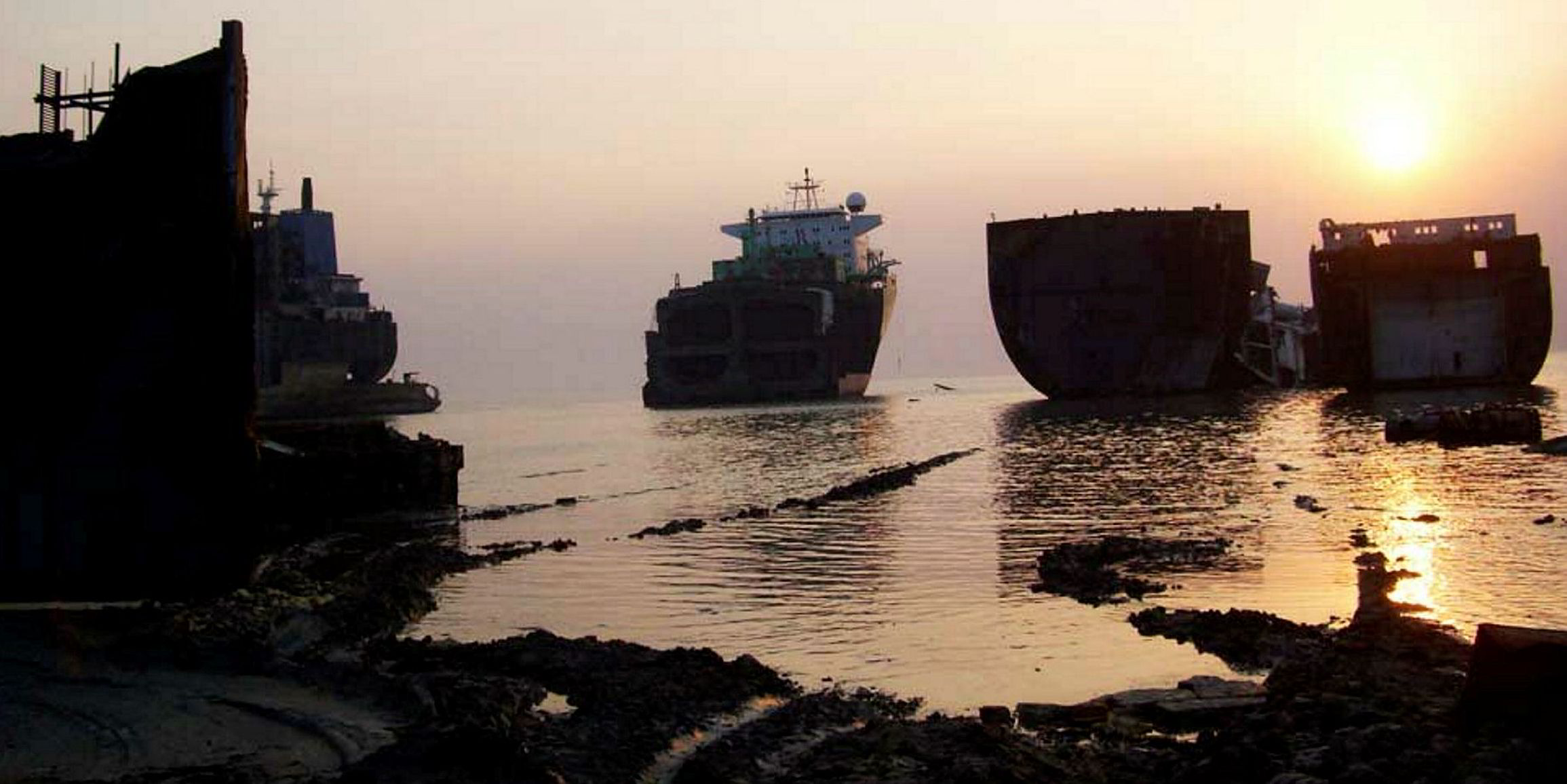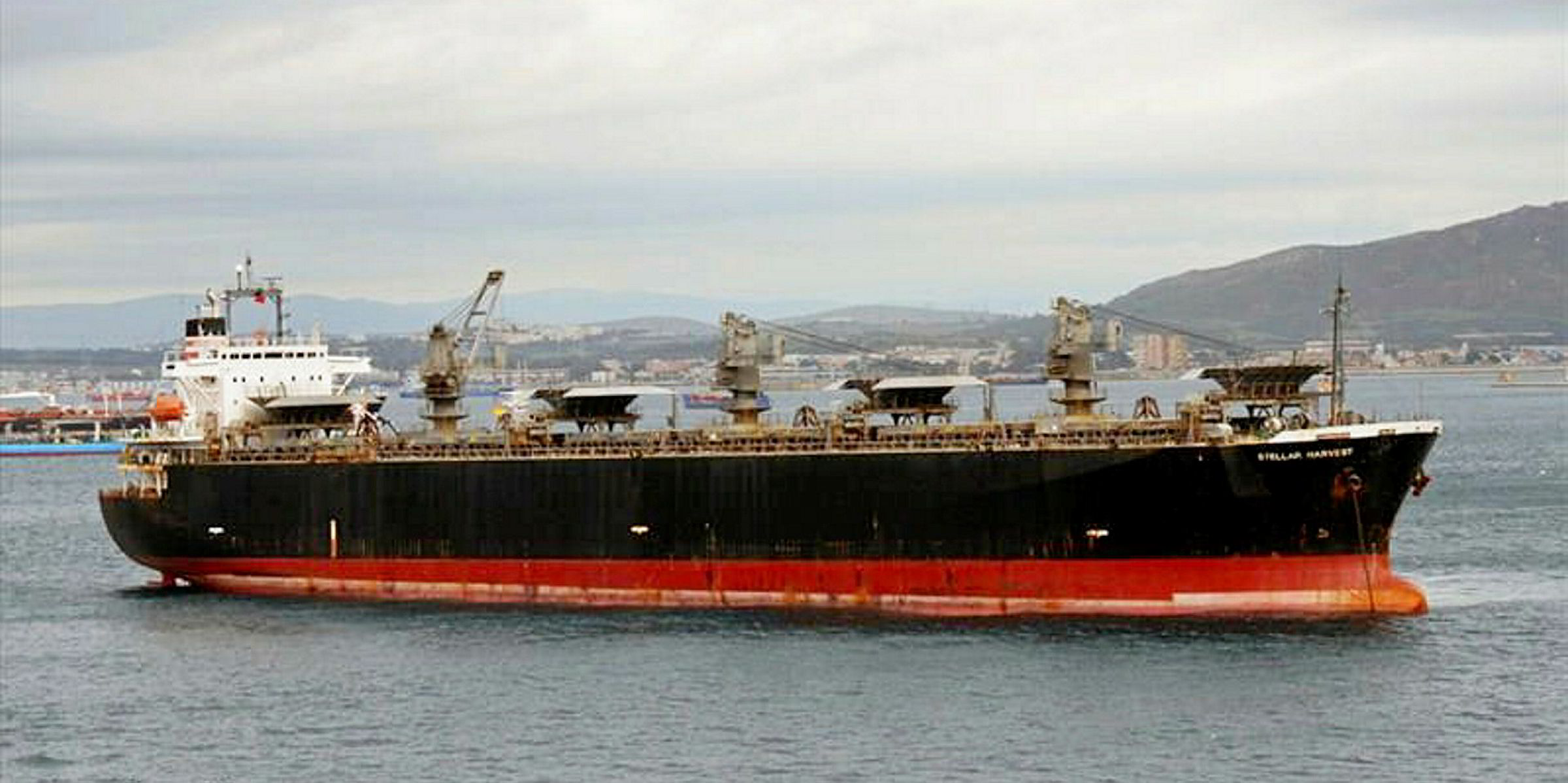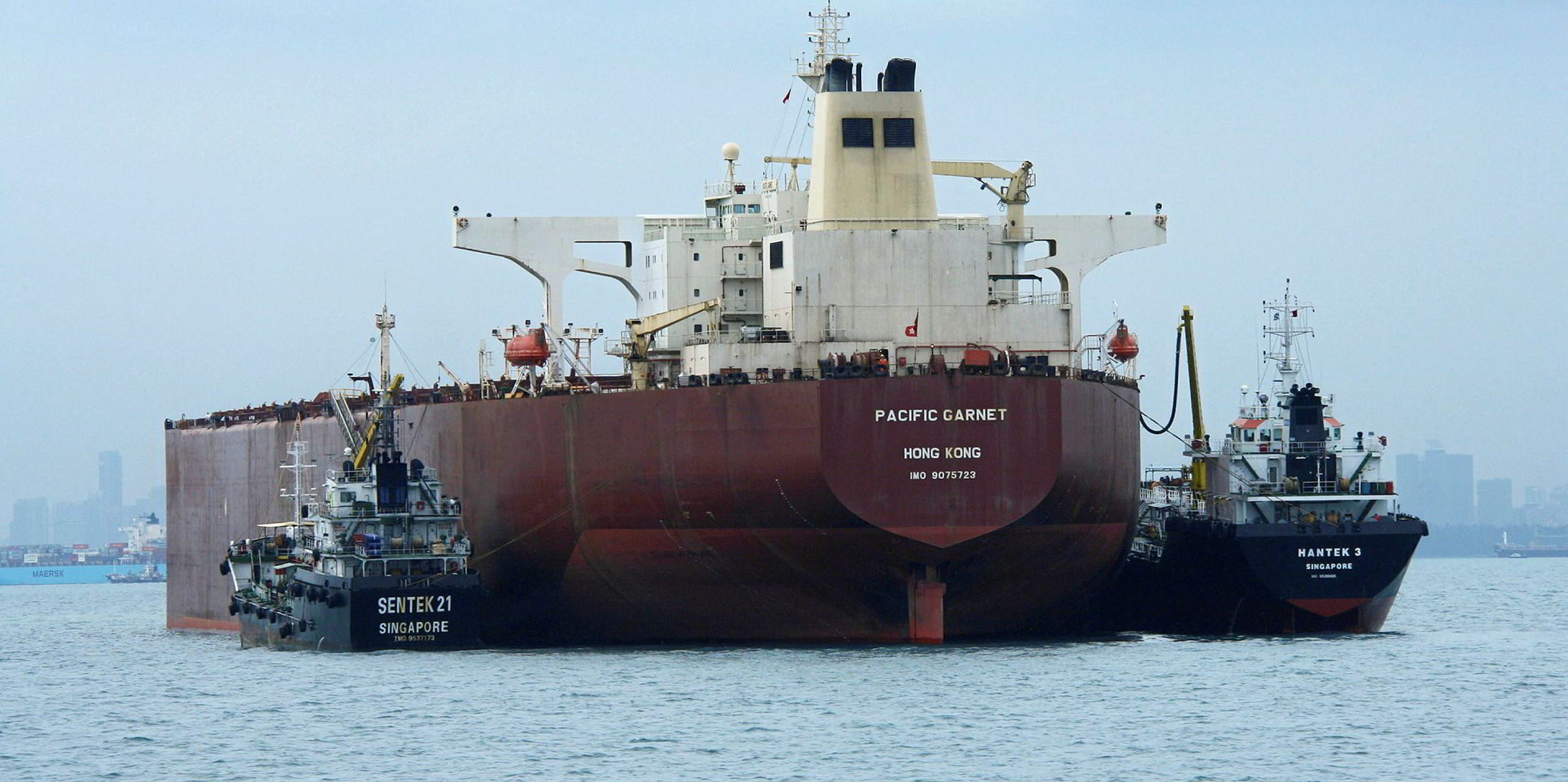The demolition market for large bulkers has picked up amid dismal rate environments this year, but several industry players believe the trend will be short-lived — curtailed by a dearth of cash buyers, crew restrictions in South Asian breaking nations, and the potential for a market recovery.
VesselsValue data shows four VLOCs and nine capesizes have been sold for recycling to date this year, compared with just two VLOCs in December, and one VLOC and four capesizes in the same period last year.
Raised expectations
The sales had raised hopes that the scrap market is returning to life, after a disappointing quarter in which shipowners had been expected to scrap older tonnage due to high costs of IMO 2020-compliant fuel but failed to do so.
“The whole IMO 2020 scrapping [thing], which was supposed to happen at the end of the year [2019], is happening now,” said a Singapore-based broker.
A rash of deals reported by TradeWinds would appear to underpin the momentum in the scrapping market.
In January, Alpha Bulkers Shipmanagement reportedly sold the 169,000-dwt Maria A Angelicoussi (built 2001) for $408 per ldt, while Golden Union offloaded the 172,500-dwt capesize Crassier (built 2000) at between $402 ldt and $406 per ldt.
Berge Bulk has scrapped at least two VLOCs in recent weeks, and Polaris Shipping plans to sell up to 10 VLOCs constructed in the early 1990s, which will likely end up at demolition yards.

However, GMS senior trader Vagelis Chatzigiannis said the volume of capesizes or larger bulkers that had been recycled to date this year was less than half that recorded in the same period of 2016, when market activity boomed.
In general, shipowners sell their vessels at the end of their life cycles to cash buyers, which then resell the ships to shipbreakers.
But the number of cash buyers with sufficient liquidity to purchase large ships is currently limited.

Moreover, some observers say those in the game are hesitant to take on more ships, with rates pressured by lacklustre steel prices and macroeconomic worries.
“Sentiment is not nearly as firm as someone would expect given the appetite displayed by cash buyers in the Indian subcontinent”, where most of the world’s shipbreaking takes place, according to a note from Greek broker Intermodal.
According to Clarksons, the scrap price for a capesize bulker has fallen by 6% in India and 2.5% in Bangladesh over the past month.
“[The] correction could go up to 10%, compared to levels witnessed at the very beginning of the year,” said Chatzigiannis, whose company is a major cash buyer.
“There is not a positive outlook in order to encourage speculative movements from most of the cash buyers.”
Moreover, the coronavirus outbreak is also set to affect volumes. India has banned entry to any non-Indians who have been to China on, or after, 15 January, while Bangladesh has stopped issuing visas on arrival to Chinese citizens.
Coronavirus effect
According to Intermodal, this could curb scrapping activity in the two countries, given that some crew members may have trouble disembarking due to travel restrictions.
And, with many analysts predicting the epidemic will recede in the coming months, shipowners may want to hold on to their vintage ships longer.
Betting on a demand recovery from April, a British broker — who asked to remain anonymous — predicted that daily earnings of a non-scrubber capesize bulker would average between $15,000 and $16,000 for this year, down $2,000 from the pre-epidemic level.
“The impact [of the coronoavirus] on dry bulk shipping should not be for a long period and rates should recover soon after the spread of the endemic is controlled,” Drewry lead dry bulk analyst Rahul Sharan said.
“The low rates … are momentary and should not lead to any spike in scrapping.”







